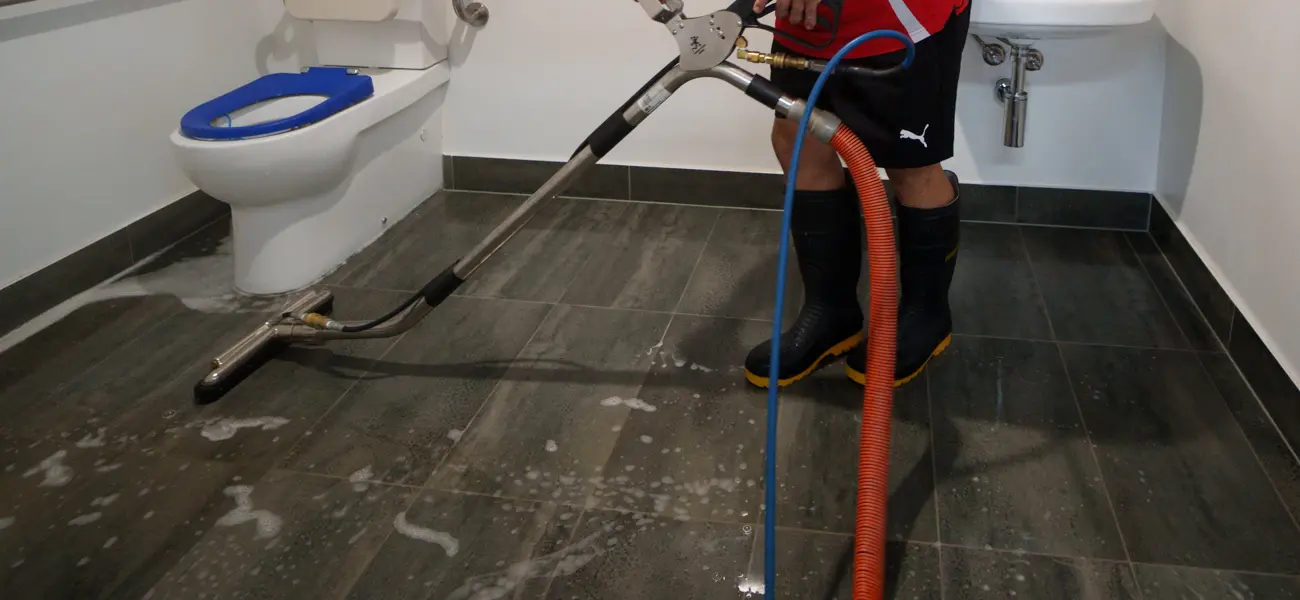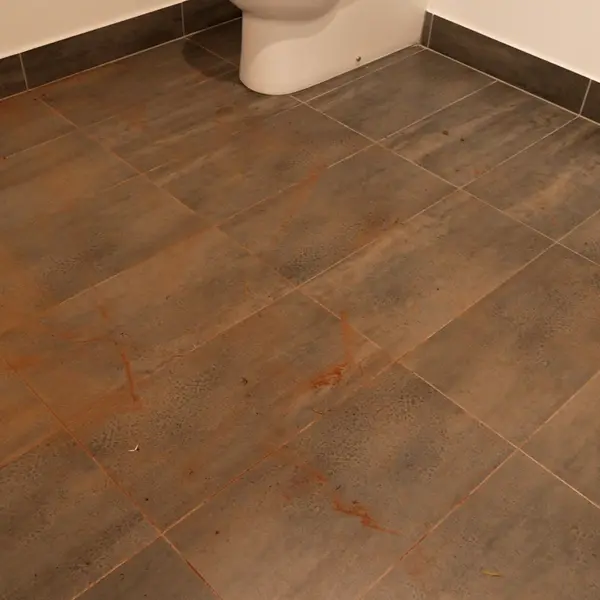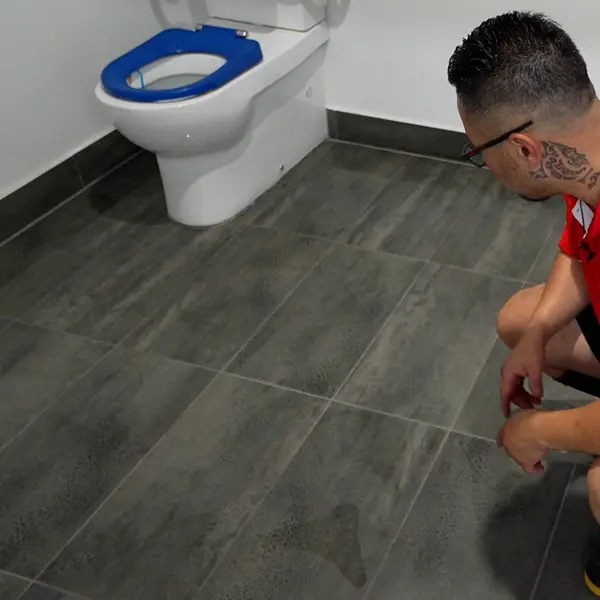Cleaner Tiles for the Whole Family


Why is Regular Tile and Grout Cleaning necessary?
Floor and Wall Materials




Tile and Grout Cleaning Process
What Is Tile And Grout Sealing And Why Is It Important?
Tile and grout sealing creates a protective layer that repels stains, liquids, and dirt, facilitating easier cleaning and preventing long-term damage.
It prolongs the life of surfaces by guarding against wear from foot traffic and cleaning agents, minimizing the need for costly repairs. Additionally, sealing prevents mould growth by blocking moisture absorption in grout, leading to improved hygiene. It also enhances the visual appeal of spaces by maintaining colour and gloss, while fostering a healthier indoor environment by reducing allergen buildup.
Tile And Grout Sealing Process
Big Red use a premium water-based penetrating sealer professionally formulated to provide unparalleled protection of concrete, grout, marble, limestone, travertine, granite and bluestone. Its advanced fluorochemical polymer technology chemically interacts with the minerals in these surfaces fine stones to create a powerfully repellent surface.
The sealer is applied using to the grout line using a grout applicator and to face tile using a paint roller until the surface is shiny wet. After 5 minutes the excess sealer is removed from the surface. If required a second coat will be applied 20 minutes after the first application using the same method as the first coat.
The sealer will be touch dry and will take up to 48hour to fully cure. Big Red does however recommend waiting 12 hours after tile or stone face sealing before allowing foot traffic to the area. This process does not discolour the tiles or grout whatsoever.
Silicone Calking Replacement
Over time silicone caulking in can become damaged and worn. Replacing damaged or worn silicone in showers is crucial for maintaining the waterproofing, hygiene, structural integrity, and overall aesthetics of the bathroom.
Regular maintenance and timely replacement of silicone seals help prevent water damage, mould growth, and other issues that can arise in a wet environment like a shower.
During the replacement process the old caulk will be removed then the area will be clean and left to dry before a new layer of silicone caulk will be applied, smoothed out and left it dry.
